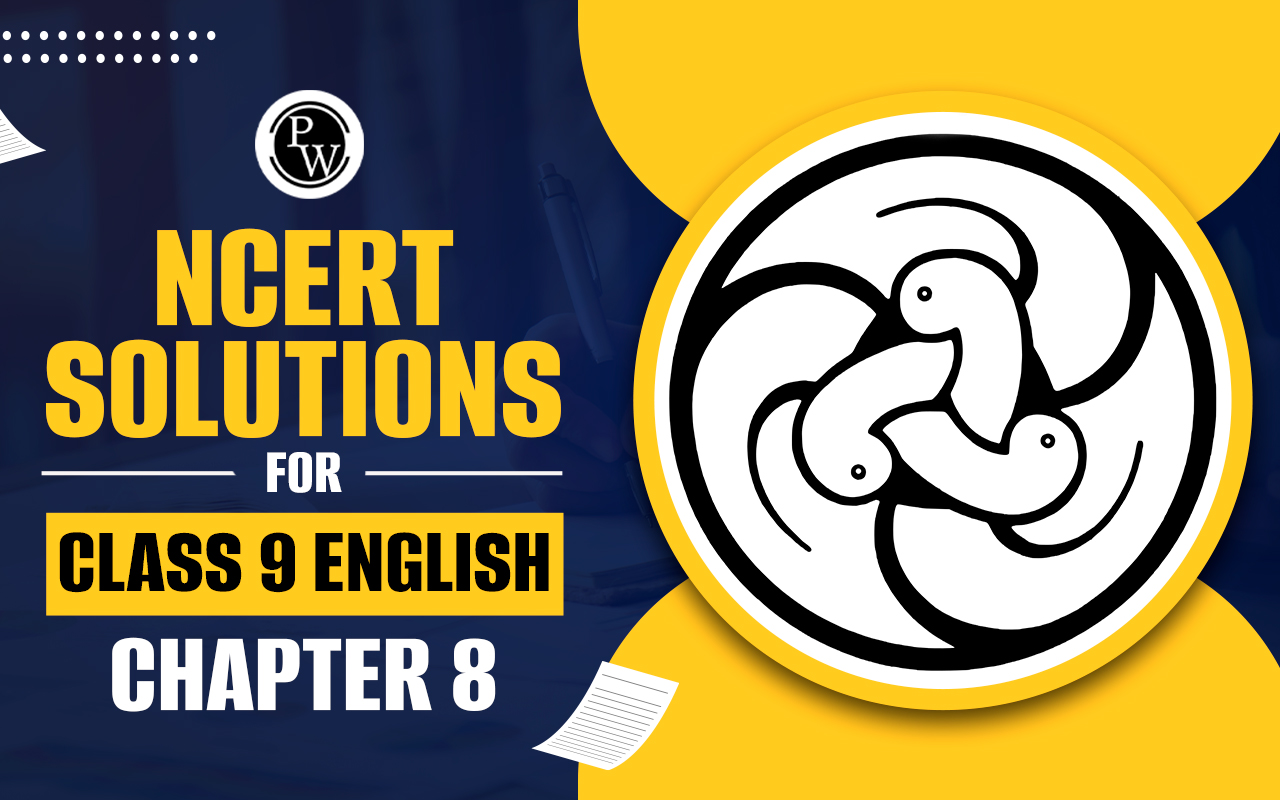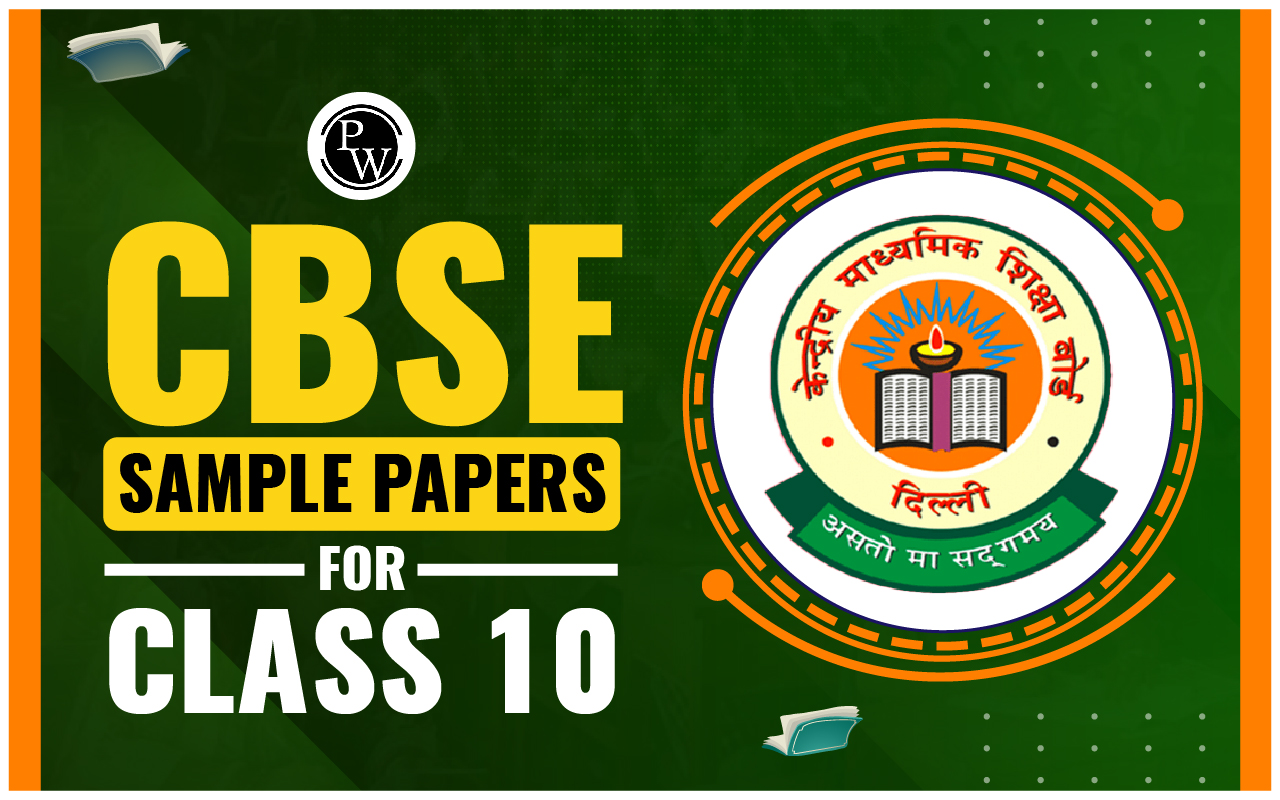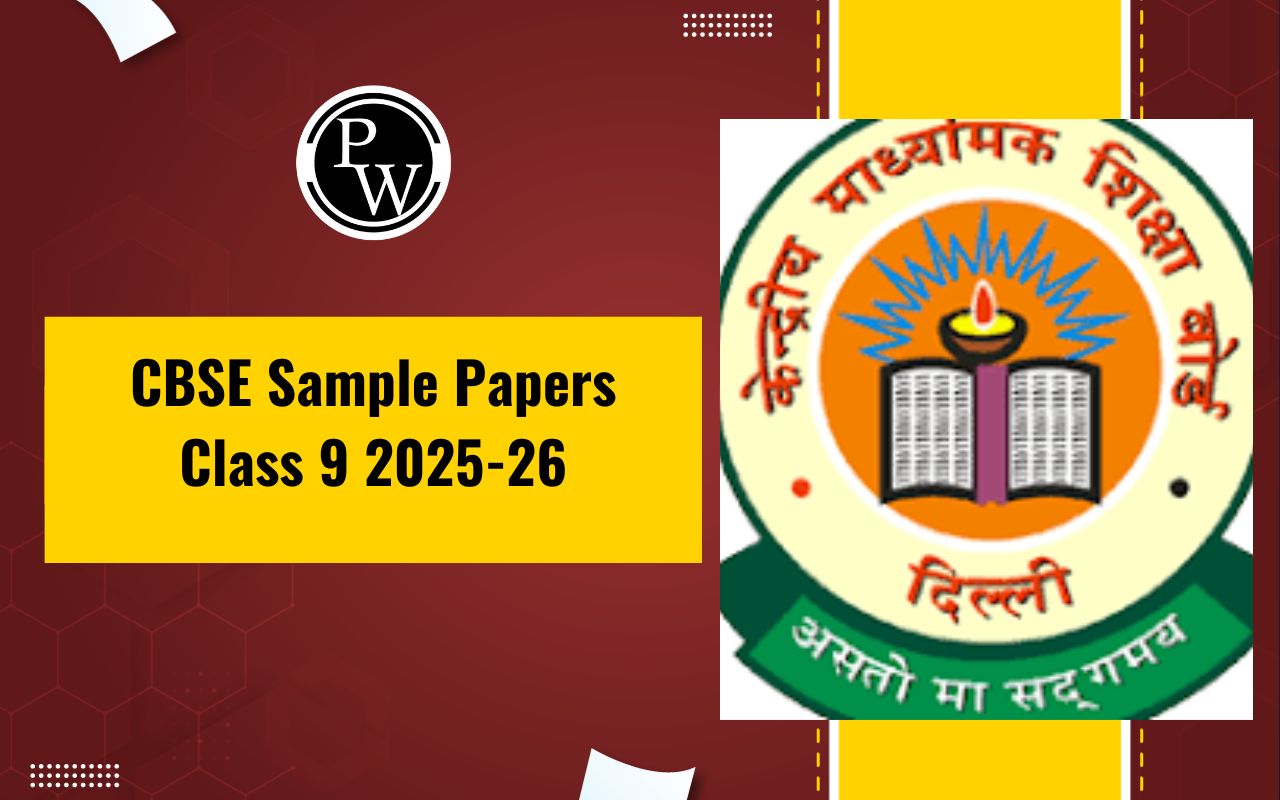
Capacitive Reactance Formula: Capacitive reactance is a fundamental concept in electrical engineering. It is crucial to understand how capacitors impede the flow of alternating current. In this article, we will explore the capacitive reactance formula, its significance, and how it relates to capacitors and AC circuits.
What Is Capacitive Reactance?
Capacitive Reactance Formula: Capacitive reactance, denoted as Xc, is a measure of the opposition a capacitor presents to the flow of alternating current (AC). It is a complex quantity and is expressed in ohms (Ω).
Capacitive Reactance Formula
The capacitive reactance formula is as follows:
X c = 1 / (2πfC)
Where:
• Xc is the capacitive reactance in ohms (Ω).
• π (pi) is approximately 3.14159.
• f is the frequency of the AC signal in hertz (Hz).
• C is the capacitance of the capacitor in farads (F).
This formula shows that capacitive reactance is inversely proportional to both the frequency of the AC signal and the capacitance of the capacitor. In other words, as the frequency or capacitance increases, capacitive reactance decreases.
Significance of Capacitive Reactance Formula
Capacitive reactance plays a crucial role in AC circuit analysis. It determines how much the impedance of a circuit changes when capacitors are involved. By understanding capacitive reactance, engineers can design circuits to achieve specific impedance values and desired filtering effects.
Application of Capacitive Reactance Formula
Capacitive Reactance Formula: One of the primary applications of capacitive reactance is in filtering AC signals. Capacitors allow high-frequency AC components to pass while blocking low-frequency components. This property is used in applications like power supply filtering and audio signal processing.
Also Check – Wind Energy Formula
Solved Examples of Capacitive Reactance Formula
Question 1: Calculate the capacitive reactance of a capacitor with a capacitance of 10 μF at a frequency of 50 Hz.
Solution 1:
- Given: Capacitance (C) = 10 μF (microfarads), Frequency (f) = 50 Hz
- Use the capacitive reactance formula: Xc = 1 / (2πfC)
- Plug in the values: Xc = 1 / (2π * 50 * 10 × 10^(-6)) = 318.31 ohms (Ω)
Question 2: A capacitor has a capacitive reactance of 200 ohms at a frequency of 100 Hz. Find its capacitance.
Solution 2:
- Given: Xc = 200 ohms, Frequency (f) = 100 Hz
- Rearrange the capacitive reactance formula to solve for capacitance: C = 1 / (2πfXc)
- Plug in the values: C = 1 / (2π * 100 * 200) = 7.96 × 10^(-6) F or 7.96 μF
Question 3: Calculate the capacitive reactance when a 220 μF capacitor is connected to a 60 Hz AC source.
Solution 3:
- Given: Capacitance (C) = 220 μF, Frequency (f) = 60 Hz
- Use the capacitive reactance formula: Xc = 1 / (2πfC)
- Plug in the values: Xc = 1 / (2π * 60 * 220 × 10^(-6)) = 120.77 ohms (Ω)
Also Check – Spring Constant Formula
Question 4: If the capacitive reactance of a capacitor is 50 ohms at 200 Hz, what is its capacitance?
Solution 4:
- Given: Xc = 50 ohms, Frequency (f) = 200 Hz
- Rearrange the capacitive reactance formula to solve for capacitance: C = 1 / (2πfXc)
- Plug in the values: C = 1 / (2π * 200 * 50) = 7.96 × 10^(-6) F or 7.96 μF
Question 5: Find the capacitive reactance of a capacitor with a capacitance of 330 μF at a frequency of 40 Hz.
Solution 5:
- Given: Capacitance (C) = 330 μF, Frequency (f) = 40 Hz
- Use the capacitive reactance formula: Xc = 1 / (2πfC)
- Plug in the values: Xc = 1 / (2π * 40 * 330 × 10^(-6)) = 120.77 ohms (Ω)
Question 6: Determine the capacitance required for a capacitor to have a capacitive reactance of 100 ohms at 60 Hz.
Solution 6:
- Given: Xc = 100 ohms, Frequency (f) = 60 Hz
- Rearrange the capacitive reactance formula to solve for capacitance: C = 1 / (2πfXc)
- Plug in the values: C = 1 / (2π * 60 * 100) = 2.65 × 10^(-6) F or 2.65 μF
Question 7: A capacitor has a capacitive reactance of 150 ohms. If the frequency is 100 Hz, find its capacitance.
Solution 7:
- Given: Xc = 150 ohms, Frequency (f) = 100 Hz
- Rearrange the capacitive reactance formula to solve for capacitance: C = 1 / (2πfXc)
- Plug in the values: C = 1 / (2π * 100 * 150) = 1.06 × 10^(-6) F or 1.06 μF
Question 8: Calculate the capacitive reactance of a 470 μF capacitor connected to a 120 Hz AC source.
Solution 8:
- Given: Capacitance (C) = 470 μF, Frequency (f) = 120 Hz
- Use the capacitive reactance formula: Xc = 1 / (2πfC)
- Plug in the values: Xc = 1 / (2π * 120 * 470 × 10^(-6)) = 28.26 ohms (Ω)
Also Check – Heat Of Reaction Formula
Question 9: Find the frequency at which a 22 μF capacitor has a capacitive reactance of 50 ohms.
Solution 9:
- Given: Capacitance (C) = 22 μF, Xc = 50 ohms
- Rearrange the capacitive reactance formula to solve for frequency: f = 1 / (2πCXc)
- Plug in the values: f = 1 / (2π * 22 × 10^(-6) * 50) ≈ 144.48 Hz
Question 10: If the frequency is 60 Hz and the capacitive reactance is 90 ohms, find the capacitance of the capacitor.
Solution 10:
- Given: Xc = 90 ohms, Frequency (f) = 60 Hz
- Rearrange the capacitive reactance formula to solve for capacitance: C = 1 / (2πfXc)
- Plug in the values: C = 1 / (2π * 60 * 90) ≈ 2.95 × 10^(-6) F or 2.95 μF
Capacitive Reactance Formula FAQs
What is the unit of capacitive reactance?
How does capacitive reactance change with an increase in frequency?
Can capacitive reactance be negative?
What happens to capacitive reactance when the capacitance of a capacitor increases?










